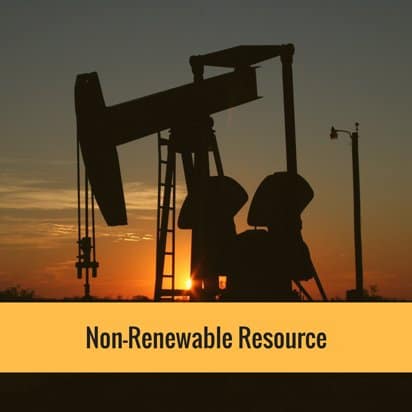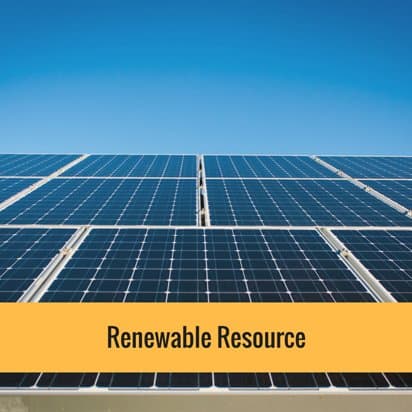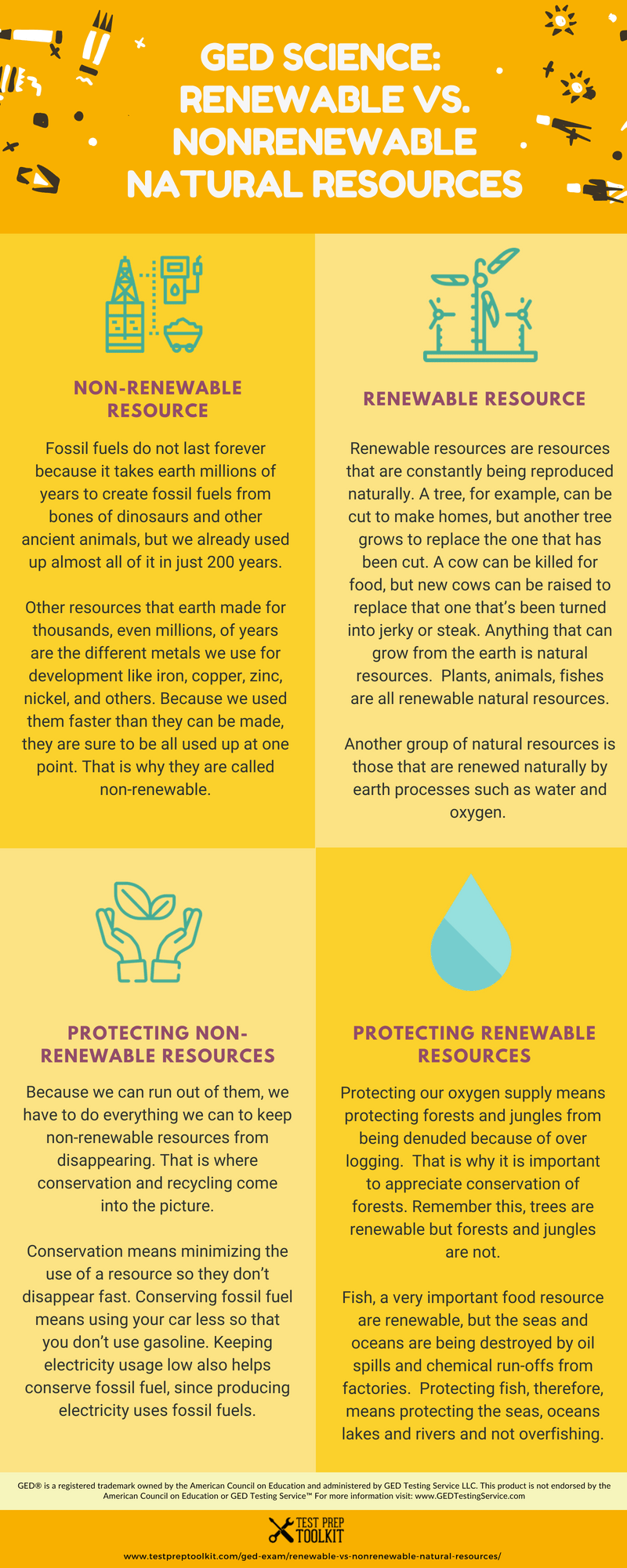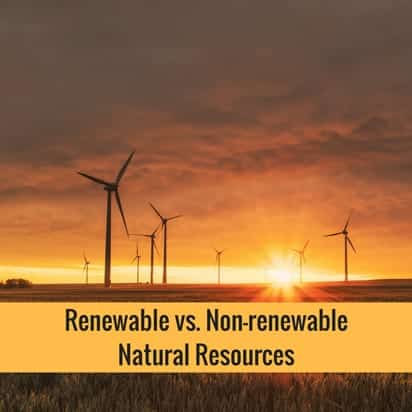Part of the GED Science test is Earth Science. To learn more about this topic, one of the concepts you need to learn is renewable and non-renewable natural resources.
There are things that people use every day that they thought would be there forever. That is why some people abuse and waste these resources on useless things. An example for this is fossil fuel where gasoline and diesel are derived. According to some estimates, by 2025 all of the current fossil fuel reserves are going to be drained. That is bad news if you own a car since, without fossil fuels, there won’t be gasoline or diesel to run it.
Fossil fuel is called a non-renewable resource. As the name implies, non-renewable resources are finite, meaning we could run out of them in the future. On the other hand, resources like water are renewable because it is constantly being recycled.
Our GED®Science Practice test will help you pass faster Check HERE
Non-Renewable Resource

The earth provides its inhabitants with lots of gifts that we can use to advance our civilization and keep us alive. Fossil fuels are only one of those gifts – it gives humans a source of energy in the form of gasoline and diesel. But it does not last forever because it takes earth millions of years to create fossil fuels from bones of dinosaurs and other ancient animals, but we already used up almost all of it in just 200 years.
Other resources that earth made for thousands, even millions, of years are the different metals we use for development like iron, copper, zinc, nickel, and others. Because we used them faster than they can be made, they are sure to be all used up at one point. That is why they are called non-renewable.
What you have to remember to determine if something is non-renewable is that these things take thousands and millions of years to make. If earth can run out of something, then that something is a non-renewable resource.
Related Topic: GED 101: 2019 GED Practice Tests, GED Classes for GED Exam – 1 Stop GED Programs Guide
Renewable Resource

Renewable resources are resources that are constantly being reproduced naturally. A tree, for example, can be cut to make homes, but another tree grows to replace the one that has been cut. A cow can be killed for food, but new cows can be raised to replace that one that’s been turned into jerky or steak. Anything that can grow from the earth is natural resources. Plants, animals, fishes are all renewable natural resources.
Another group of natural resources is those that are renewed naturally by earth processes such as water and oxygen. Water is an important renewable resource. When you use water, it flows to seas or treatment plants and evaporates under the sun. Then it turns into clouds, which will soon fall as rain, and you can use it again. Oxygen is another very important renewable resource that you can’t live without – literally! We inhale oxygen and exhale carbon dioxide, then the carbon dioxide we exhaled is used by the plants and released again as oxygen that we breathe. Oxygen is renewable as long as trees are around.
Related Topic: Online GED Classes
Protecting Non-Renewable Resources
Because we can run out of them, we have to do everything we can to keep non-renewable resources from disappearing. That is where conservation and recycling come into the picture.
Conservation means minimizing the use of a resource so they don’t disappear fast. Conserving fossil fuel means using your car less so that you don’t use gasoline. Keeping electricity usage low also helps conserve fossil fuel, since producing electricity uses fossil fuels.
Recycling is another way to conserve non-renewable resources. Metals that are used in electronics, for example, can be recycled. For example, if your TV stops working, the copper and zinc and other materials on it can be used to make other appliances so that the copper and zinc still under the earth are preserved for future generations.
Related Topic: GED Study Guide
Protecting Renewable Resources
Wait, do renewable resources need protecting? Yes, they do. That is because many of the natural resources can also run out if human beings abuse them. Think of the animals that were made extinct because of hunting and you get the point.
Oxygen, for example, is renewable only as long as trees are around and as long as the trees remaining on the planet can cope up with the massive amount of carbon dioxide we produce as a species.
Protecting our oxygen supply means protecting forests and jungles from being denuded because of over logging. That is why it is important to appreciate conservation of forests. Remember this, trees are renewable but forests and jungles are not.
Fish, a very important food resource are renewable, but the seas and oceans are being destroyed by oil spills and chemical run-offs from factories. Rivers become poisonous and so do lakes. If the places that fishes live are getting smaller, that means only a few of them can live. But then again humans consume so much fish as food, so soon we may run out of fish because of overfishing. Protecting fish, therefore, means protecting the seas, oceans lakes and rivers and not overfishing.
Not only does the understanding of renewable and non-renewable resources help you pass your GED test, it also helps make you more responsible for using these resources. To increase your knowledge, take GED Science practice tests and sign up for GED classes.
Related Topics:
- 7 Tips to Improve Your Reading Comprehension Skills for GED
- GED Math
- GED Science Study Guide
- GED Social Studies Prep Guide
- GED Reasoning through Language Arts Guide
- GED Prep
- GED Practice Test for Science Exam
- GED Science Practice Questions | GED Study Guide
- GED Science Practice Test 1


